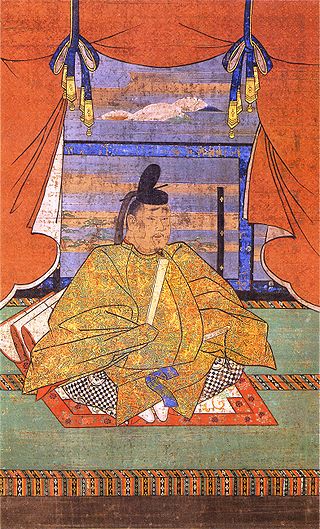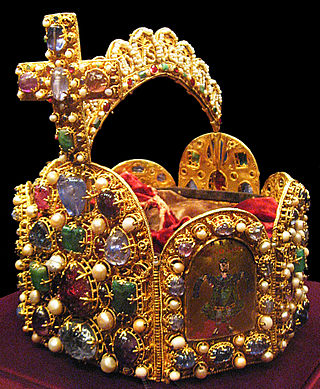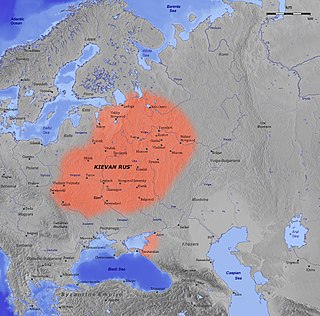This article needs additional citations for verification .(November 2017) |
| Millennium: | 1st millennium |
|---|---|
| Centuries: | |
| Decades: | |
| Years: |
| 960 by topic |
|---|
| Leaders |
| Categories |
| Gregorian calendar | 960 CMLX |
| Ab urbe condita | 1713 |
| Armenian calendar | 409 ԹՎ ՆԹ |
| Assyrian calendar | 5710 |
| Balinese saka calendar | 881–882 |
| Bengali calendar | 366–367 |
| Berber calendar | 1910 |
| Buddhist calendar | 1504 |
| Burmese calendar | 322 |
| Byzantine calendar | 6468–6469 |
| Chinese calendar | 己未年 (Earth Goat) 3657 or 3450 — to — 庚申年 (Metal Monkey) 3658 or 3451 |
| Coptic calendar | 676–677 |
| Discordian calendar | 2126 |
| Ethiopian calendar | 952–953 |
| Hebrew calendar | 4720–4721 |
| Hindu calendars | |
| - Vikram Samvat | 1016–1017 |
| - Shaka Samvat | 881–882 |
| - Kali Yuga | 4060–4061 |
| Holocene calendar | 10960 |
| Iranian calendar | 338–339 |
| Islamic calendar | 348–349 |
| Japanese calendar | Tentoku 4 (天徳4年) |
| Javanese calendar | 860–861 |
| Julian calendar | 960 CMLX |
| Korean calendar | 3293 |
| Minguo calendar | 952 before ROC 民前952年 |
| Nanakshahi calendar | −508 |
| Seleucid era | 1271/1272 AG |
| Thai solar calendar | 1502–1503 |
| Tibetan calendar | 阴土羊年 (female Earth-Goat) 1086 or 705 or −67 — to — 阳金猴年 (male Iron-Monkey) 1087 or 706 or −66 |

Year 960 ( CMLX ) was a leap year starting on Sunday of the Julian calendar. It was the 960th year of the Common Era (CE) and Anno Domini (AD) designations, the 960th year of the 1st millennium, the 60th year of the 10th century, and the first year of the 960s decade.











